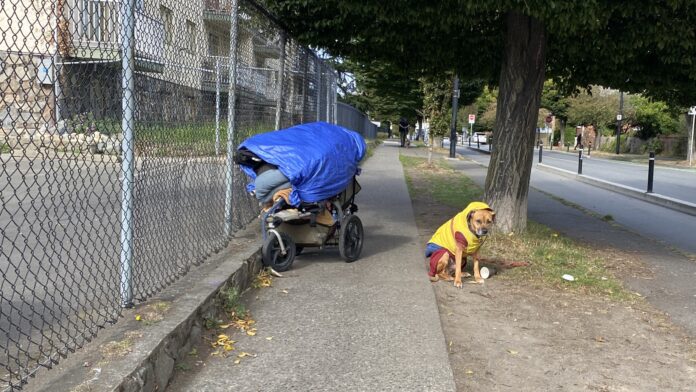The latest provincial “point-in-time” count found that homelessness rose in more than half of the 20 British Columbia communities surveyed.
The count sees volunteer surveyors capture information about homeless populations over a 24-hour period.
The B.C. Housing and Municipal Affairs Minister Christine Boyle said the report shows more support is needed for people experiencing or at-risk of homelessness across the province.
“We know more needs to be done to help the most vulnerable members of our communities, and that’s why we’re building safe, secure homes and providing needed supports to help people overcome the cycle of homelessness,” said Boyle in a statement.
“We are seeing some positive results through our Belonging in B.C. plan, as our homeless and encampment response and temporary housing solutions are providing rapid, co-ordinated, multidisciplinary responses when encampments arise,” she added.
The province released breakdowns of the data from the individual communities.
Cranbrook recorded the largest rise in its homeless population, going from 116 in 2023 to 172 this year – an increase of 56 people.
Fort St. John recorded 53 more people experiencing homelessness compared to 2023, for a total of 155 this year.
Overall, 12 out of the 20 communities saw an increase in homelessness compared to two years ago.
Vernon, Comox Valley and Powell River saw the largest declines in their homeless populations out of the communities surveyed.
The housing ministry said this year’s survey included questions about racial identity and acquired brain injuries, which were introduced in 2020-21.
It noted Indigenous people and former children in care are still over-represented in the counts.
The data is set to be combined with 10 federally funded and two independent counts to produce the full 2024-25 Report on Homeless Counts this winter.
Something going on in the Cariboo you think people should know about?
Send us a news tip by emailing [email protected].










